

| Magic Wands. What could be more whimsical? The wood started as a chunk of white oak and was split and shaved by hand the old-fashioned way, the way most suitable for magic wands. The handles are porcelain and they all have beads, wire and other embellishments. Warning: Magic NOT included. | ||
Below, Door Flower made with aluminum deli tray and Brisk Iced Tea cans |
Below, wreath from aluminum soda cans on a wooden base. |
|
Ma, the Horse Ma means horse in one of the Chinese dialects and Ma was constructed in the year of the horse. It is made of many candy and cookie tins and held together with dozens of brass escutcheon pins, or as most call them, nails. The wooden head piece is handcarved in wood and was brought home from a 2001 trip to China. The piece was purchased by the Alfred University Esquestrian program. |
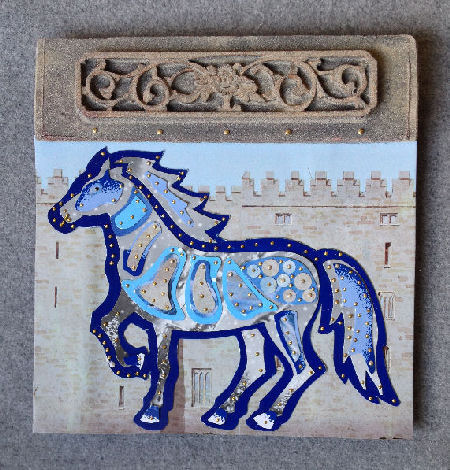 |
|
Annie II - Annie I lives in Boston but Annie II is available to you.
|
Olive - tin cans, pop rivets and fun | |
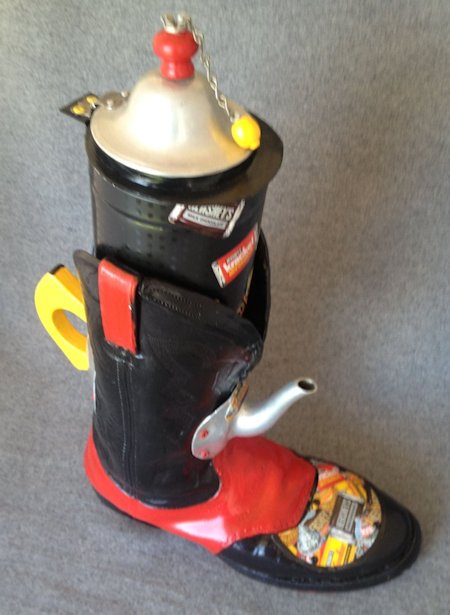 |
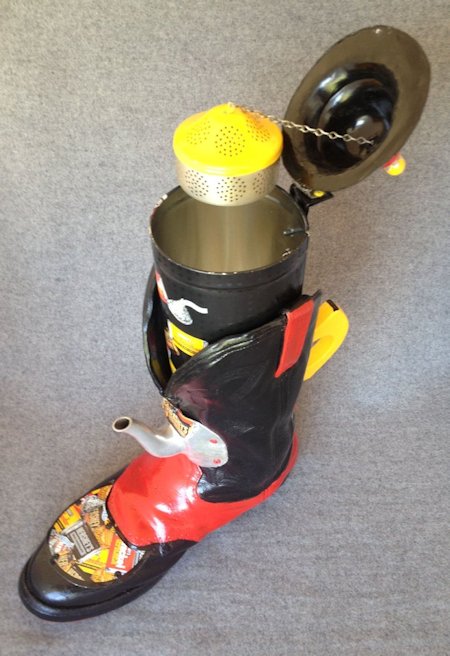 |
|
| This TeaBoot is called "When Kristen was young she loved Hersheys and Horses". The boot was once worn by Kristen Kovatch and the tin once held Hersheys. |
The non-functional TeaBoot has a non-functional tea strainer inside.
|
|
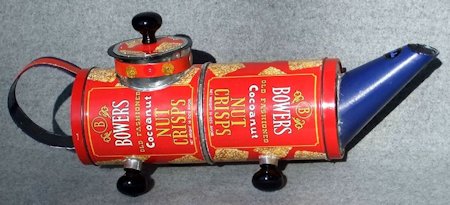 |
||
I've been experimenting with teapots and tin cans and other things. This is called the Coconut Tea Barrell and it is in the Kamm International Teapot Foundation collection, housed in Sparta Georgia and displayed in Boston.
|
Detail of Coconut Tea Barrell Lid | |
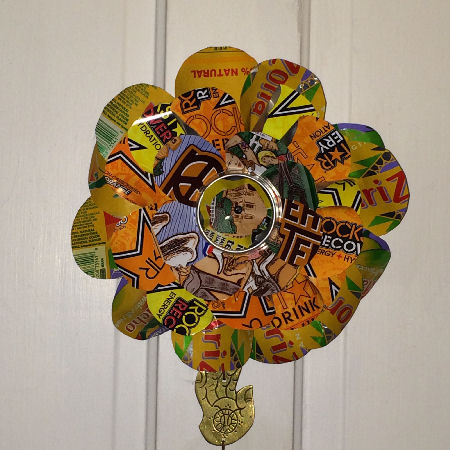 |
||
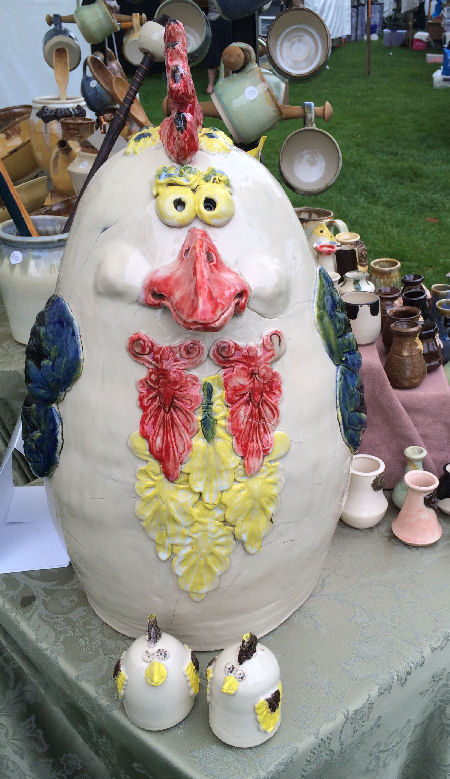 |
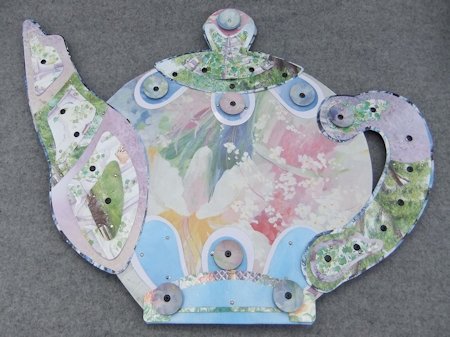 |
|
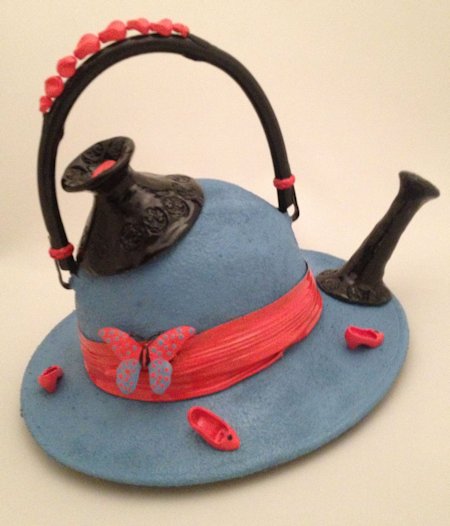 |
||
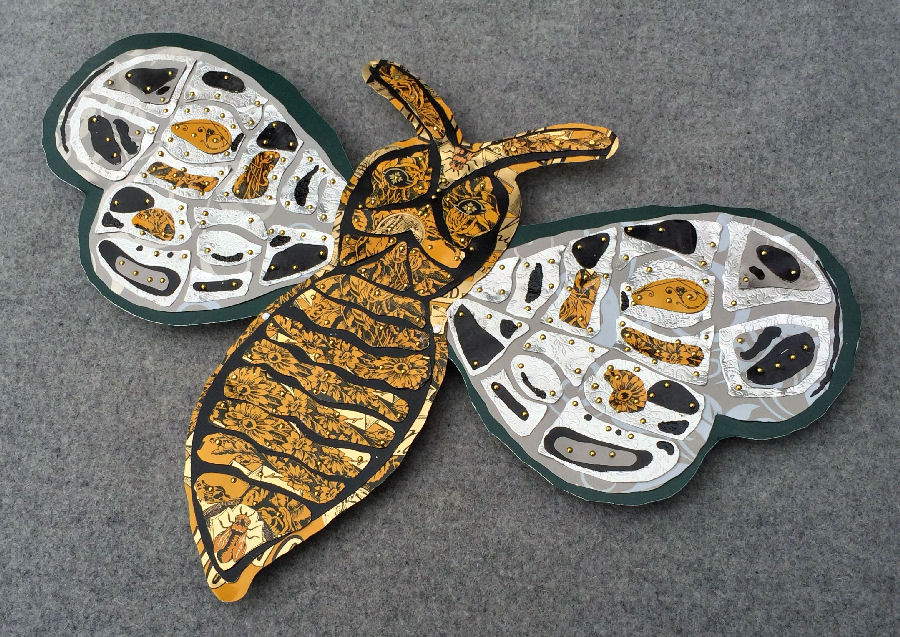 |
||
 |
||
Above is a bee made primarily from olive oil cans but also with a silver candy tin and an embossed aluminum deli tray. The black and yellow design is used on only a small part of the olive oil cans so I needed to use cans to make this. The cans had to be washed and cut apart - no small job - and then the pieces were cut. The pieces are nailed into a wooden background with escutcheon pins (nails with cute rounded heads). Gecko is one of my whimsical tin can sculptures. Gecko is about 20 inches long and is meant to hang on a wall.
|
||
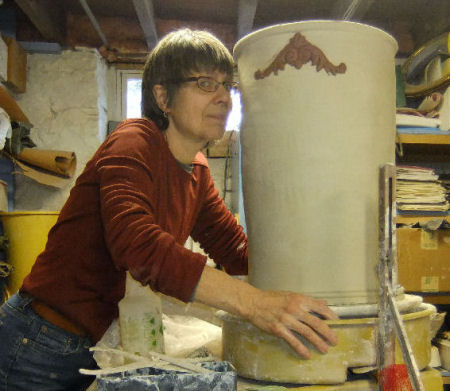 |
This is me making a very large umbrella stand.
I add sprigs to my pottery. Most sprigs are small but some are quite large. |
|
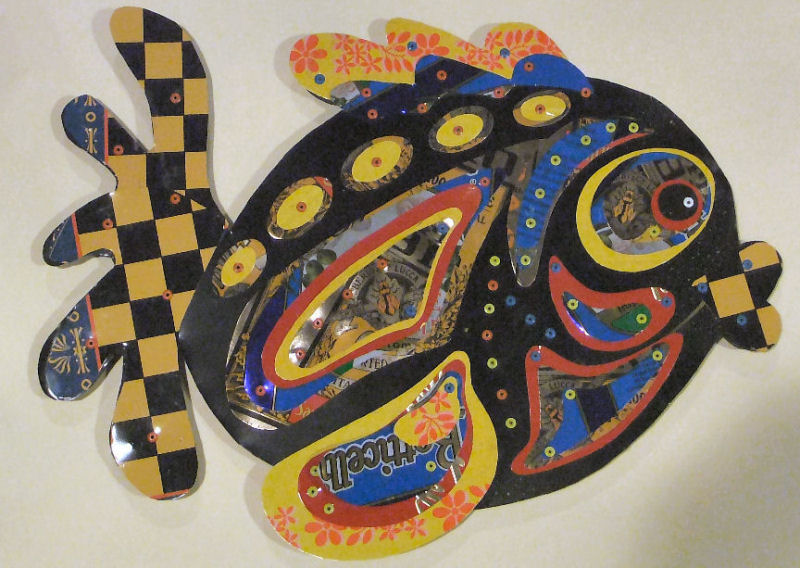 |
||
This piece is called "It's All About the Color". Color is what makes tin sculpture and jewelry so much fun. This is made of a checkerboard, olive oil cans, a valentine candy tin, a large tray and a 1950s Crisco Can. |
||
|
||
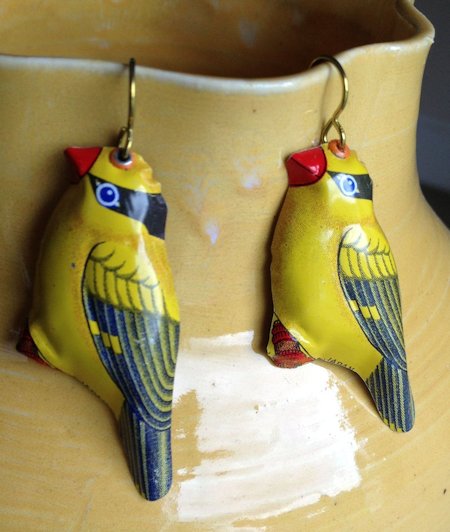 |
These earrings are tin lithographs printed in Japan in the 1950s and 1960s. It's possible to see the word Japan on the bottom of the bird on the right. The birds were originally pins. The earwires are handmade niobium, hypo allergenic. |
|
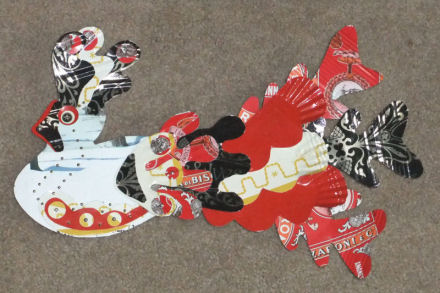 |
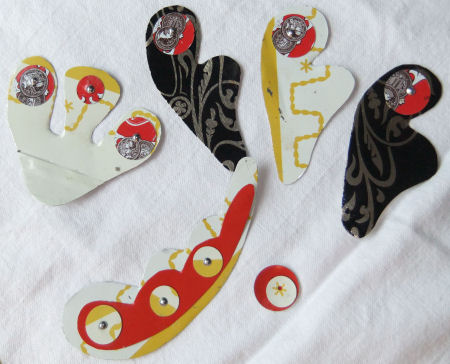 |
|
On the right is "Sandy" from the "Fancy Bird Series, 2012. Sandy Greiff gave me the red tin in this piece. On the left are some of the components riveted together prior to the full assembly. There is the top wing piece, there are 3 parts of the top knot and there is the detail at the bottom of the bird.
|
||
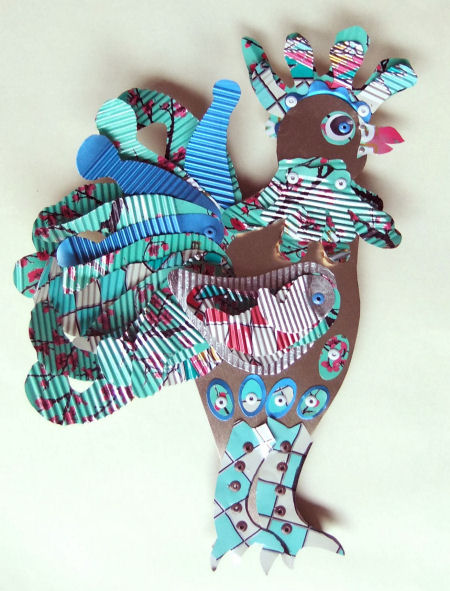 |
||
| Buttons is made of Arizona tea cans and a metal tray. | The Blue Clock is made of tins, rivets, clock works, a wooden block and acrylic - The Blue Clock lives in Swain with Janet and Michael.
|
|
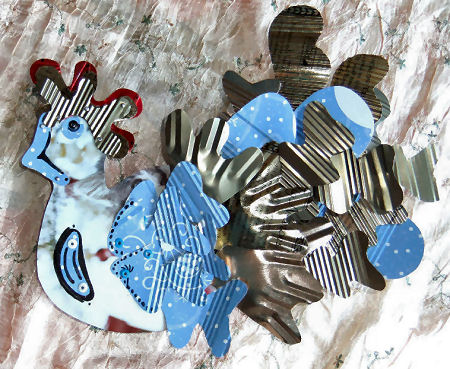 |
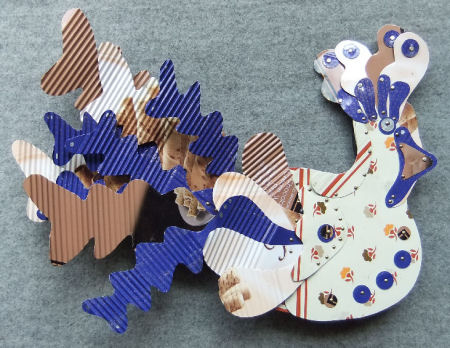 |
|
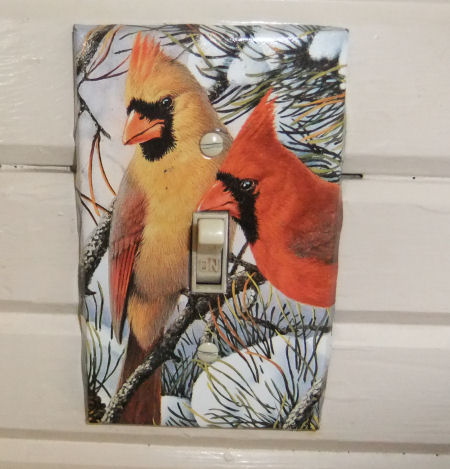 |
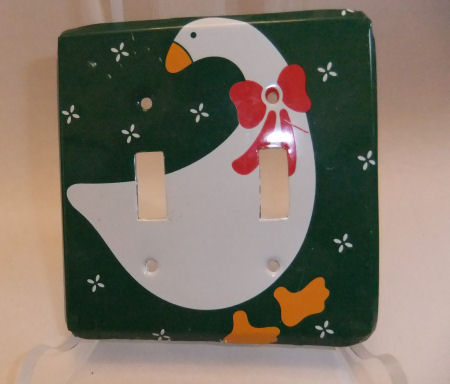 |
|
| Sarah Jane is a large sculptural piece now residing in a wonderful house in Canisteo, with her guardian Sue. | 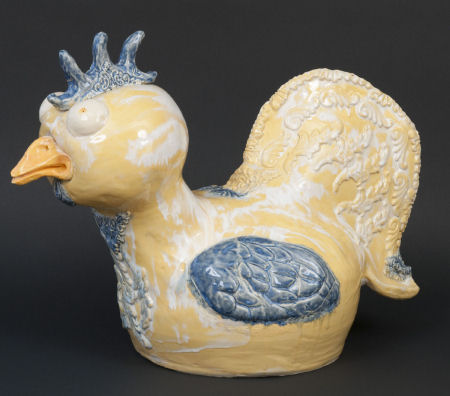 |
|
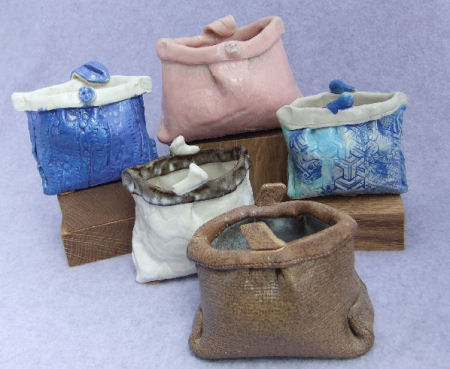 |
"My Mother's Change Purse" - small sculptural pieces for pens, flowers, cards, paper clips, or what not. |
|
| Paper weight rattles. | 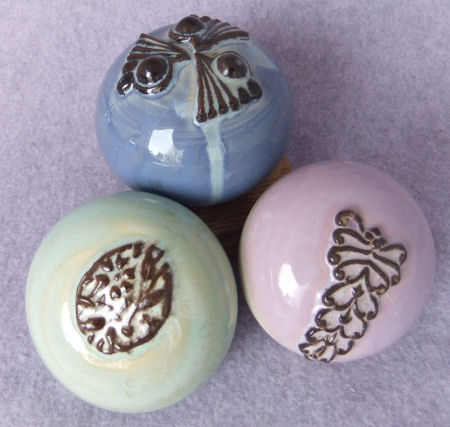 |
|
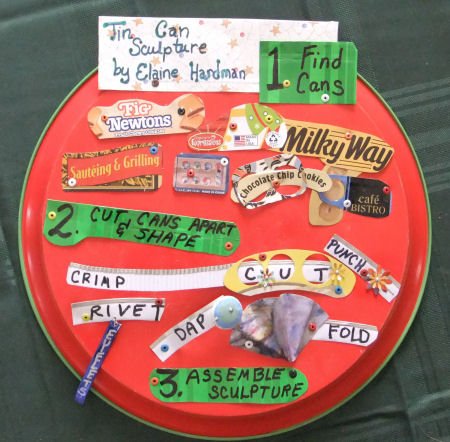 |
There are 2 steps in making something from a tin. 1. Find a good tin 2. Cut the tin can apart, flatten it and then cut it into the needed pieces. Punch holes or make discs. Crimp the metal, Rivet things or use eyelets, dap the pieces, fold the metal. Lots of hammering is involved. 3. Assemble the pieces. This takes nails, glue, acrylic or rivets. |
|